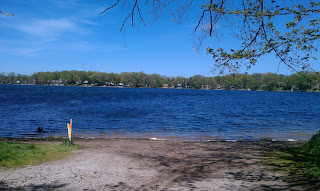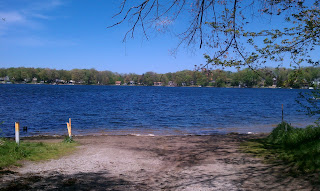I grew up in both the East Side area of Chicago and the Hegewisch area of Chicago.
Contrary to popular belief the East Side did not get its
name for being located on the Eastern side of Chicago. The East Side was named
so, because it is located on the East Side of the Calumet River. The East Side provided a major source of
transportation for barges that needed to travel through the river. Up until the
last twenty years, the East Side was also a location of steel mills which
provided many jobs to the local residents.
Calumet Park was (and still is) a popular park and beach in the area providing plenty of outdoor activities and indoor activities in the Field House such as basketball, arts and crafts, aerobics, and ballet to name a few.
Calumet Park was (and still is) a popular park and beach in the area providing plenty of outdoor activities and indoor activities in the Field House such as basketball, arts and crafts, aerobics, and ballet to name a few.
Calumet Park Field House
Picture obtained from:
Hegewisch has always been known to have very swampy land and
many of the homes in the area have had moisture issues. This is due to
Hegewisch residing on man-made land. Hegewisch was once all water and was part
of Lake Michigan.
Hegewisch South Shore Train Station
Picture found at:
As you can see, Hegewisch is almost completely surrounded by
water
Picture obtained from:
"A satellite view of Hegewisch superimposed with likely location of area lakes as shown on a 1903 survey map."
http://hegewisch.net/wolf-lake.html
Hegewisch Marsh – 100 acre parcel
Picture obtained from:
The Hegewisch and East Side area was changed to fit the
upcoming needs of man. There were many jobs to be had and people needed homes
to live near their jobs. These jobs were in steel mills and on docks where the
barges would unload the steel that had been transported.
Wisconsin Steel - First Steel Mill in Southeastern Chicago


















































